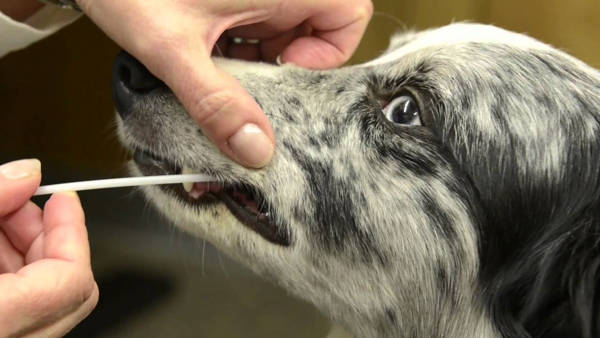Discovering the Answer to How Long Your Dog’s Limp Will Last After Luxating Patella Surgery

1. Introduction
Luxating patella surgery is a common procedure for dogs that suffer from a condition called luxating patella. This condition is caused when the kneecap (patella) slips out of its normal position and becomes dislocated. The surgery is used to reposition the kneecap and restore normal function of the knee joint. It can be a very effective treatment for dogs with this condition, however, it does come with risks and potential complications. One common complication is limping after surgery, which can last for several weeks or even months in some cases. In this article, we will discuss how long a dog may limp after luxating patella surgery and what factors may affect the length of time they limp.
2. What is Luxating Patella Surgery?
Luxating patella surgery is a surgical procedure that involves realigning the knee joint by repositioning the kneecap (patella). During the procedure, an incision is made in the skin over the knee joint and then the kneecap is moved back into its proper position. The incision is then closed with sutures or staples and bandaged to protect it during recovery.
3. Causes of Luxating Patella in Dogs
Luxating patella in dogs can be caused by several different factors including genetics, trauma, or conformation abnormalities such as bowlegs or knock-knees. It can also be caused by abnormal development of the muscles and ligaments that support the knee joint which can cause instability in the joint leading to luxation of the kneecap.
4. Signs and Symptoms of Luxating Patella in Dogs
The signs and symptoms of luxating patella in dogs vary depending on the severity of luxation but generally include pain, lameness, stiffness, difficulty walking or running, knuckling over of one or both feet when walking (caused by instability of the knee), swelling around the knee joint, and/or clicking noises coming from inside the knee joint when walking or running.
5. Diagnosis and Treatment of Luxating Patella in Dogs
The diagnosis of luxating patella in dogs generally involves physical examination followed by radiographs (X-rays) to confirm diagnosis as well as determine severity of luxation so that appropriate treatment can be determined. Treatment options range from conservative management such as physical therapy to surgical correction depending on severity and other factors such as age and general health status of your pet.
6. Recovery After Luxating Patella Surgery in Dogs
Recovery time after luxating patella surgery varies depending on numerous factors such as age, size/breed of dog, pre-existing medical conditions etc., however most dogs are able to return to their normal activities within 6-8 weeks post-surgery if all goes well during recovery period which includes strict rest/limited activity for 2-3 weeks post-surgery followed by gradual increase in activity level over time until full activity level is reached again usually at 6-8 weeks post-surgery mark under close supervision from your vet/veterinary surgeon who performed surgery on your pet dog.
7 Factors Affecting Length Of Limping After Surgery
There are several factors that can affect how long your dog will limp after luxating patella surgery including: age & overall health status prior to surgery; type & severity of injury; type & complexity of surgical procedure performed; amount & quality of postoperative care provided; any complications encountered during recovery period; preoperative & postoperative rehabilitation program followed etc., all these factors should be taken into consideration while determining how long your pet will limp post-surgery.
8 Tips To Reduce Limping Post Surgery
.
There are several tips you can follow to reduce limping after luxating patella surgery: provide adequate rest & limited activity for 2-3 weeks following surgery; provide comfortable bedding/resting area free from disturbance; keep regular check ups with vet/veterinary surgeon who performed surgery; follow prescribed rehabilitation program closely; provide healthy balanced diet rich in proteins & vitamins; use cold compresses/ice packs if needed for pain relief etc., all these tips should help reduce limping post-surgery.
9 Conclusion
.
Luxating patella surgery is an effective treatment option for many dogs suffering from this condition but it does come with risks including limping after surgery which can last several weeks or months depending on various factors such as age & overall health status prior to surgery; type & severity injury suffered etc., following tips mentioned above should help reduce limping post-surgery but it’s important to keep regular check ups with vet/veterinary surgeon who performed surgery so any complications encountered during recovery period can be addressed quickly.



